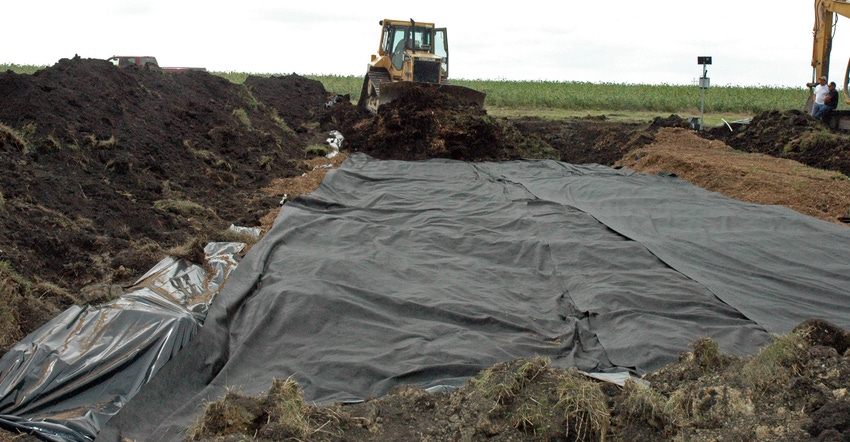January 28, 2019

The Iowa Pork Producers Association is once again partnering with the Iowa Department of Agriculture and Land Stewardship to offer funding for pig farmers interested in using new nutrient loss reduction technologies.
IPPA is providing another $25,000 to IDALS to help offset up to 50% of the costs for pig farmers to install saturated buffers or bioreactors on their land. Preference is given to sites that provide the greatest opportunity for nitrate reduction, and will be geographically dispersed throughout the state to aid in education and demonstration opportunities.
Advancing Nutrient Reduction Strategy
“This additional $25,000 investment by IPPA will help support our efforts to scale up the adoption of these edge-of-field practices focused on improving water quality. Both bioreactors and saturated buffers are still fairly new practices. This investment will help us continue to place these practices throughout Iowa to show farmers how they might fit in their farming operation,” says Mike Naig, Iowa ag secretary. “Thanks to the IPPA for continuing to invest in water quality efforts in our state.”
Gregg Hora, IPPA president and a pig farmer from Fort Dodge, says, “IPPA is very pleased to continue this successful partnership with IDALS. We know public-private partnerships such as this continue to drive the momentum of the Iowa Nutrient Reduction Strategy. This brings IPPA’s support of these efforts to $75,000.”
This is the third year of funding committed by IPPA. Past funding has assisted in completing 11 projects, with an additional 10 projects under development. These efforts help remove nitrogen from water before it reaches creeks, streams and rivers. “This is how we keep moving the needle on improving Iowa’s water quality,” Hora says.
Bioreactors are excavated pits filled with woodchips, with tile drainage water flowing through the woodchips. As water from the tile line passes into the bioreactor, denitrifying bacteria converts nitrate into nitrogen gas. The other practice, saturated buffers, divert water flowing through underground tile lines into buffers along a river or stream, aiding nutrient removal before the water enters the waterway.
Hog farmers urged to participate
This new offering from IPPA builds on its continuing efforts supporting the Iowa Nutrient Reduction Strategy, including cover crop research, field day support and educational outreach. Producers who qualify and use these dollars from IPPA will be asked to share information and experiences with other farmers through IPPA and IDALS programs.
Hog farmers interested in participating can contact either Drew Mogler at IPPA at 800- 372-7675 or [email protected]; or Matt Lechtenberg at IDALS at 515-281-3857 or [email protected].
“Through our funding of this effort, support of research on conservation practices at Iowa State University, and continued investments in the Iowa Agriculture Water Alliance and many other projects, Iowa pork producers remain committed to continuous improvement of their practices and the quality of Iowa water,” Hora says. “Pig farmers take environmental management and regulations designed to protect our natural resources very seriously. Manure is a valuable crop nutrient, and we are dedicated to making sure its use doesn’t impair Iowa’s water quality. It is our responsibility as farmers to make things better for the future.”
The INRS science assessment cites an average 4% reduction in nitrate loss and up to 46% reduction in phosphorus loss when using swine manure as a nutrient source compared to commercial fertilizer, while also having positive impacts on soil organic carbon, soil structure and runoff.
University of Arkansas research shows that efficiencies of modern pork production enabled pig farmers to reduce water use 41% land use 78% and carbon footprint 35% from 1959 to 2009.
Source: Iowa Pork Producers Association, which is solely responsible for the information provided and is wholly owned by the source. Informa Business Media and all its subsidiaries are not responsible for any of the content contained in this information asset.
You May Also Like




